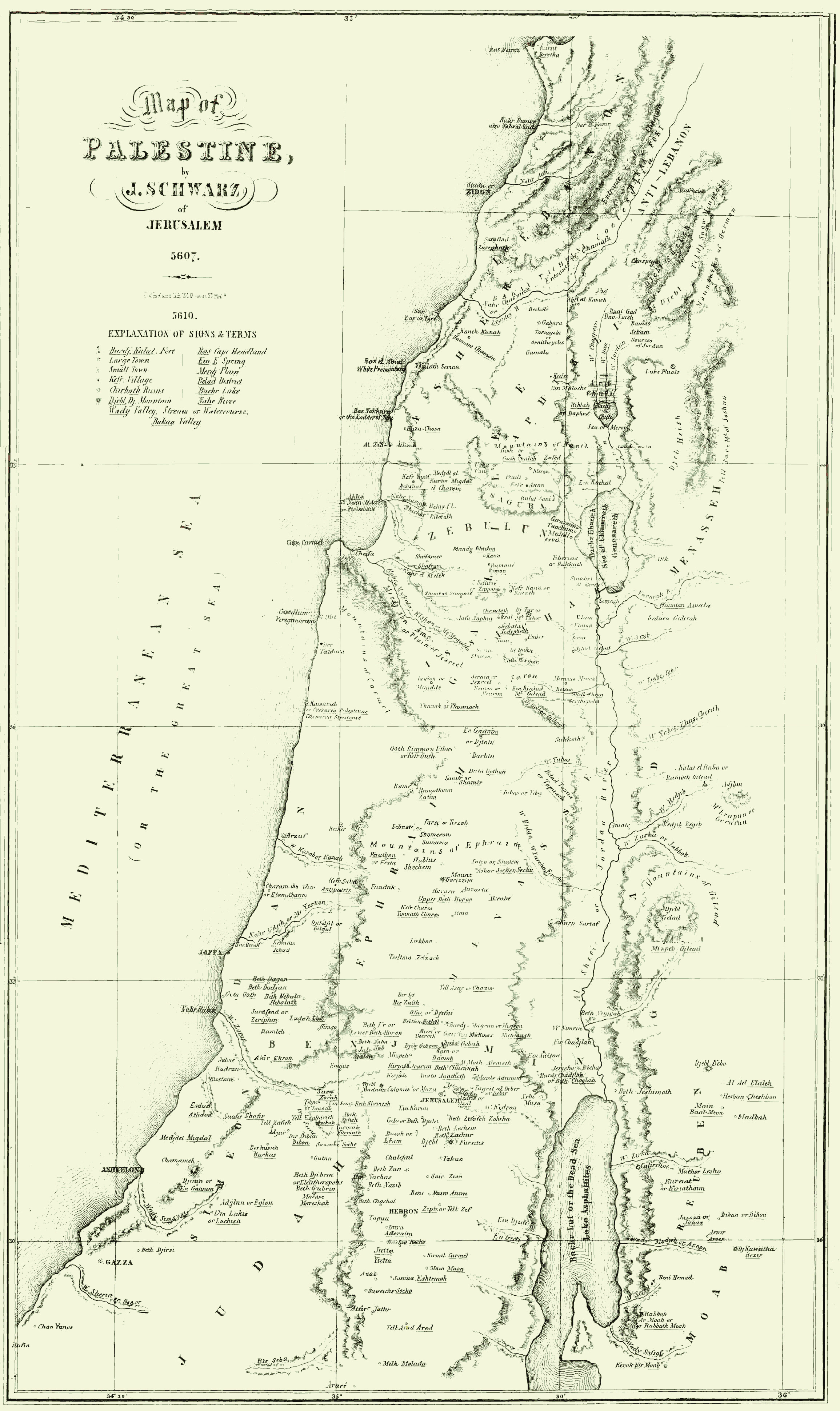I hadn't thought about this question in a long time until I woke up on Rosh Hashanah this year and remembered I now lived in a desert. The question was no longer so academic. When we lived in the States large bodies of flowing water were easy to find. We would usually go to some channeled creek, or in Englewood, a wild creek in someone's backyard, or the creeks that freely flowed through town and through the parks. This was always a convivial, communal and social event where you would meet friends and acquaintances walking to one or another creek for Tashlich. I do seem to remember one friend from Morocco who said they did Tashlich in that desert country over a flowing stream of water from a hose. This seemed like a pretty lame method, over a pathetic stream of water that petered out after a few yards.
I took some consolation over the fact that you can do Tashlich until Hoshanah Rabba, thinking we might find time to go to the Mediterranean. But, no, I knew that was unlikely in the next few weeks. Then it occurred to me that I could just cast my sins into the abyss of the Machtesh, with Nachal Ramon, the river bed that drains the Machtesh, in full view from the Bird's Nest Overlook. But that river was completely dry this time of year, although thinking back to the winter I could remember it as a rumpled, silver band easily visible as it snaked through the Machtesh.
Tashlich traditions require a flowing body of water. Chabad requires a flowing body of water with fish, whose eyes are perpetually open, symbolizing the all-seeing Eye of G-d. A few people at the Crater Shul said they always used the Machtesh, as I had imagined, and so I was heading off to the Overlook to perform Tashlich after Mincha on the first day. As I turned to leave shul a large crowd had gathered at the entrance where a flight of stairs descends to the bathroom. As I struggled to get past I heard the sound of water streaming from below. Someone had turned on the faucets in the bathroom, opened the door, and men were gathered around the stairs saying Tashlich. I don't know if anyone threw a gold fish down the sink. My sins disappeared into the chasm of Machtesh Ramon and its dry river bed.
Tashlich site in the Crater Shul.
A comprehensive commentary on the practice of Tashlich can be found here.






http://www.ou.org/index.php/jewish_action/article/28204/
ReplyDelete